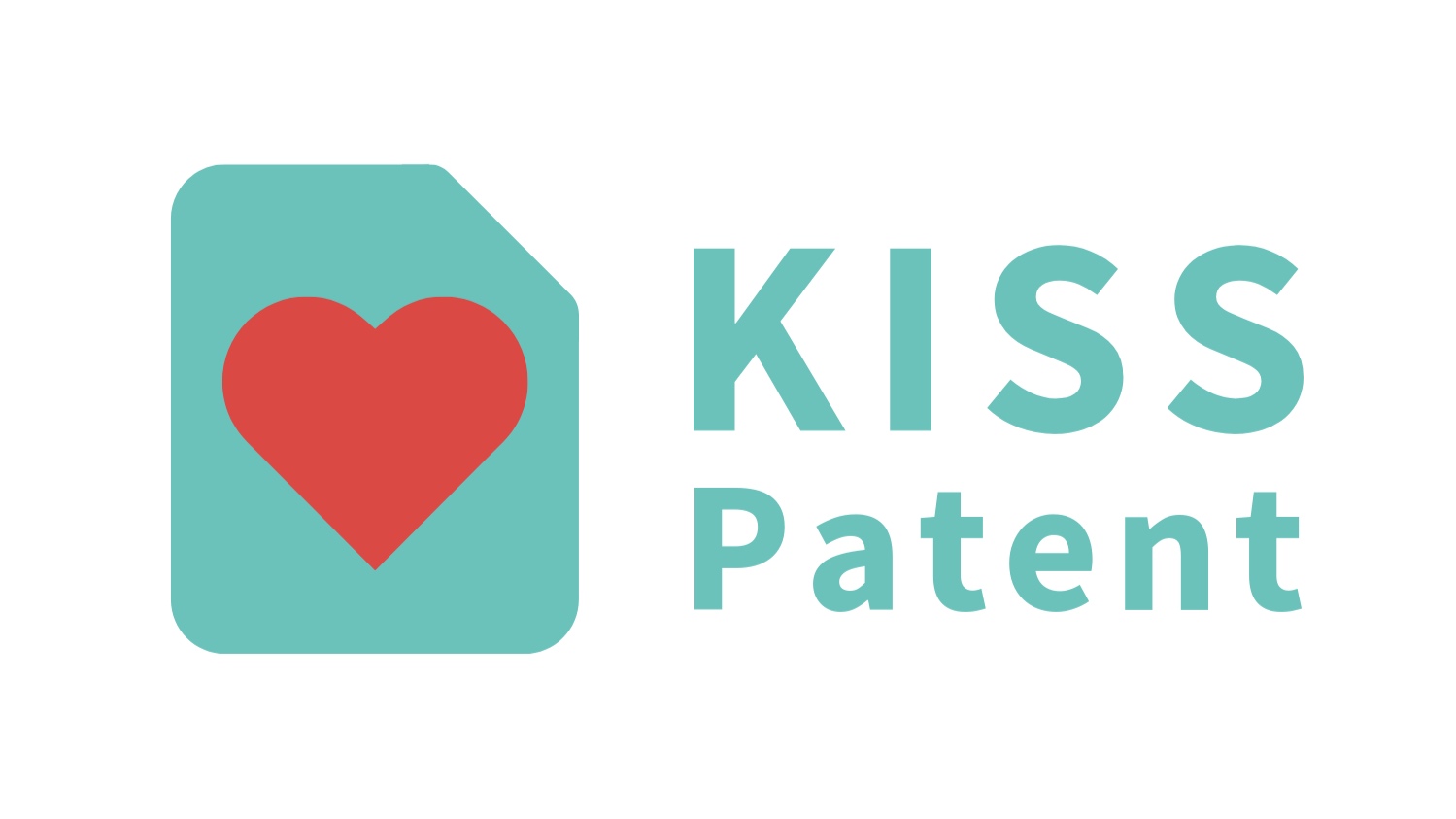In the patent application process, you’ll be asked to provide patent drawings to show patent examiners exactly how your innovation operates. When most people hear the term “drawing,” they worry that their lack of art skills will create a roadblock for them during the patent application process. However, we can assure you that you don’t need an art degree to create patent drawings that will get your application approved.
If you can describe your drawing through a (simple) sketch, you can complete your patent drawing.
Before we dive into the pieces you’ll need to complete a patent drawing, we first wanted to outline how the patent process typically works, from idea to approval. Once you have an idea, you’ll want to search to make sure your idea is truly unique or innovative. The next step is for you to prepare your drawings (we’ll give you the tools to do so in this post). Then, you’ll file your application…and (unfortunately) wait for your application to be checked over by an examiner.
Let’s talk art:
As we said above, patent drawings aren’t as complex as you may believe. Patent drawings are one of three components of a patent application (the other two include the written description of your idea to accompany the drawings and forms to submit alongside your application).
Drawings are the core of your patent application—you have the opportunity to visually explain the inner workings of your idea. Think about trying to describe a client/server relationship to a friend—you’d probably draw out the client and server, with a set of lines to show the communication between them (and then explain your drawing). That’s exactly what you’ll want to do in a patent drawing.
Want to create an unforgettable patent drawing guaranteed for success?
Take our short survey to find out what type of intellectual property is best for your idea!
Here are the five easy steps to successfully creating a patent drawing:
Pull your existing whiteboard drawings, and decide which drawings would best illustrate the unique and innovative parts of your idea, while fully communicating how your idea works. We recommend that you begin with previous whiteboard drawings to ensure that you don’t miss any vital parts of your idea.
List all of your software and hardware components. You’re now ready to start creating a system drawing! For example, in a client/server relationship, you’d include the user computer and server under “hardware” and user interfaces and engines under “software.”
After you’ve grouped all of your components under “hardware” and “software” ask yourself:
Which software components run over hardware components?
An engine (software) may run over a server (hardware).How do the hardware components communicate? For example, your hardware components may communicate over a network.
Begin mapping out the relationship between your hardware and software, with labels for each component. You’ll also want to describe each component, and how they interact with each other. After all, remember that a patent examiner may not have the same technical background as you—so it’s always better to be overly cautious, and explain component interactions that may seem “obvious” to you.
Celebrate! You’ve successfully created a system patent drawing, which explains how a system works.
System Patent Drawing
A system patent drawing is an essential element in a patent application
In the example above, we discussed mapping out a client/server relationship. This is what the end result would look like. Each number corresponds to text, which describes the component in depth and explains how the component interacts with other components.
A word of caution: you’ll also need to create a process patent drawing, which summarizes how your idea works (see below for an example). However, once you’ve answered the questions above, a process patent drawing should be simple to create.
Process Drawing
A process drawing can help your patent application with approval
If you’re ready to discuss your patent drawings further, or want to discuss intellectual property strategy for your startup, schedule a FREE 30-minute consultation with me.
I can’t wait to hear from you!
Wondering if your idea is patentable? Have a question about this article? We can answer all of your questions — just hit "contact us" down below!













